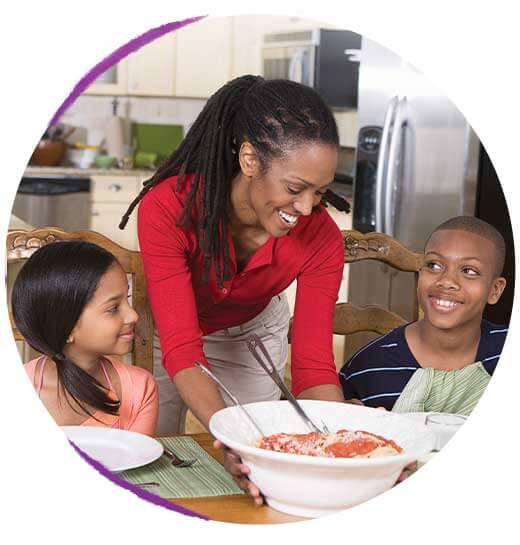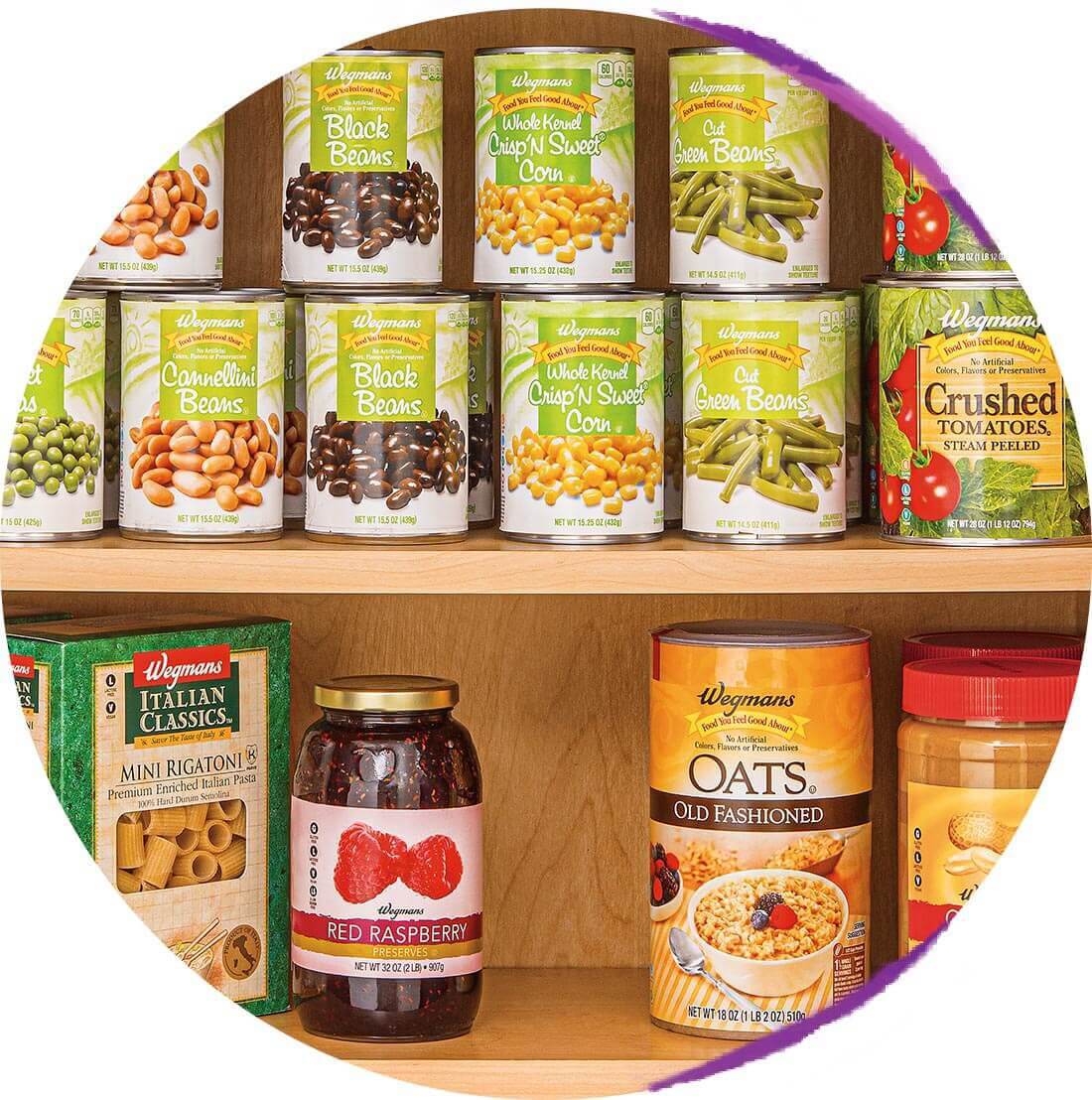
Family dinner time can be a wonderful experience, but for many parents, it is a source of frustration. Concerns about children getting adequate nutrition and whether they will eat the meal you prepared can be overwhelming. What if there were a way to reduce this mealtime stress? Good news! There is, and it is simpler than you think.



The most successful approach to childhood feeding is to think about distinct roles for the adults and children and stick to those roles. Divvy things up as follows:
Adults Decide:
What, Where, and When to Eat
Kids Decide:
Whether and How Much to Eat
That’s it! As the parent, you put the food on the table at a given time and just… let go. What you’ll find is:
Just as kids learn science and math, it is a process for them to discover the eating approach that is right for them. Rather than attempting to get your child to eat a certain type or amount of food, consider the following:
Goals to support your child’s development:
Did You Know?
A child needs to be offered a food over 12 times before it becomes familiar.



It is the parent’s job to decide what the kids eat.
You are in the driver’s seat when it comes to what food is in the house and what ultimately makes it to the table. To get started with establishing a supportive food environment, check out:


The idea of trusting kids to decide whether to eat can be daunting. While it’s true that sometimes kids might be completely uninterested in a meal (and that’s ok!), there are a few strategies you can use to increase the likelihood they’ll eat some of what’s on the table.
Involve them in:
Take their preferences into account
These tips are a great way to empower children, help them develop life skills, and acknowledge their individual tastes.

“This has been a game changer for my family. My child will eat anything that we cook together with them!” Jenna S.

Increase Enjoyment and Decrease Stress at Mealtime
Remove the pressure knowing that you aren’t responsible for getting a child to eat specific foods or to eat at all. Children can learn to trust that parents will provide nourishing food consistently while learning to trust their ability to understand their own body cues.
“We had this same concern at first, but our three boys have taught us we do not need to hold on so tight. There are times they demolish their dinners and other times they barely eat. It balances out! They are in the best position to know what their bodies need at any given time.” Kirby Branciforte, RDN, Wegmans Nutritionist


Try our three easy ideas for lunches and snacks to help your family build healthy eating habits.
*This information has been developed based on a childhood feeding approach known as The Division of Responsibility developed by Registered Dietitian Ellyn Satter. It is meant for education and informational purposes only and is not intended to replace or supplement recommendations from your healthcare provider.